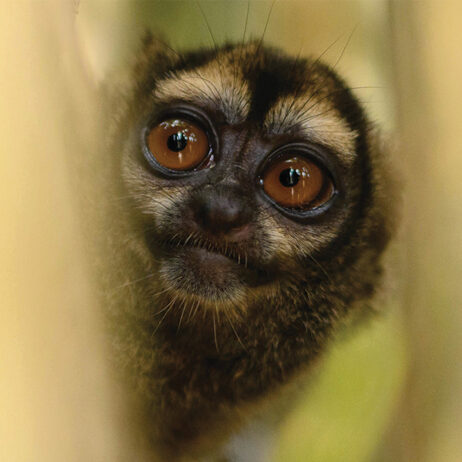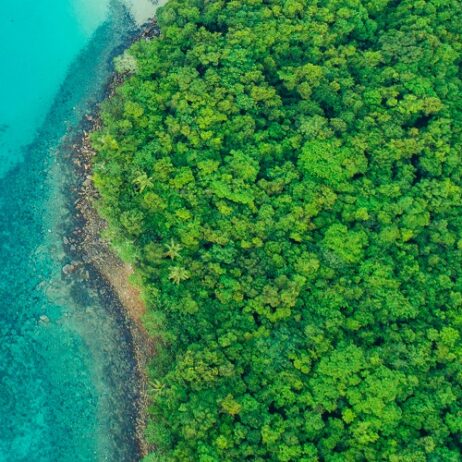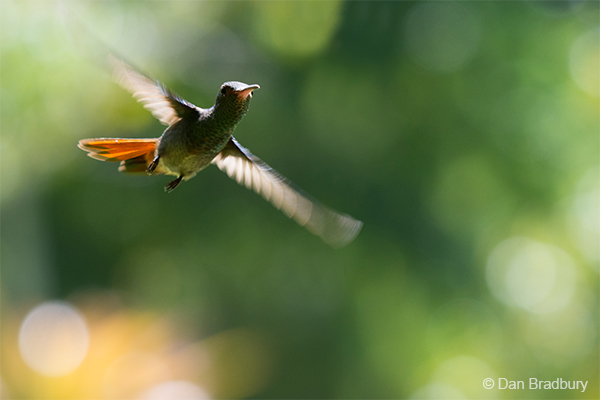
There’s some great news for forests. On January 16th 2020, the Hon. Minister Godwin Hulse, Minister of Agriculture, Fisheries, Forestry, the Environment and Sustainable Development of the Government of Belize signed the declaration of North-eastern Biological Corridor of Belize. This corridor – an area of 69,122 acres – links the northernmost nature reserve in the country with the more central natural habitats of Belize and is the very first step towards achieving a complete North-South corridor traversing the entire country. Belize is one of the rare places on Earth where this is possible. The creation of the corridor is an outstanding example of fruitful public-private partnership between the government of Belize, local NGOs, private landowners and numerous international donors, including WLT.
The corridor initiative was spearheaded by the Hon. Omar Figueroa, Minister of State in the Ministry of Agriculture, Fisheries, Forestry, the Environment and Sustainable Development, and Hon. Hugo Patt, Minister of Natural Resources, and supported by the Corozal Sustainable Future Initiative, a local NGO and WLT partner; two private landowners, the Rheinland Mennonite Community and the Corozal Timber Company Limited. This new corridor now connects a system of three protected areas into one system, in a region where deforestation has caused the loss of over 25,000 acres (10,000 hectares) of forest in the past 10 years. It will allow large animals, such as Jaguar and Baird’s Tapirs, enough space to move freely between protected areas, and thus ensure their long-term survival.
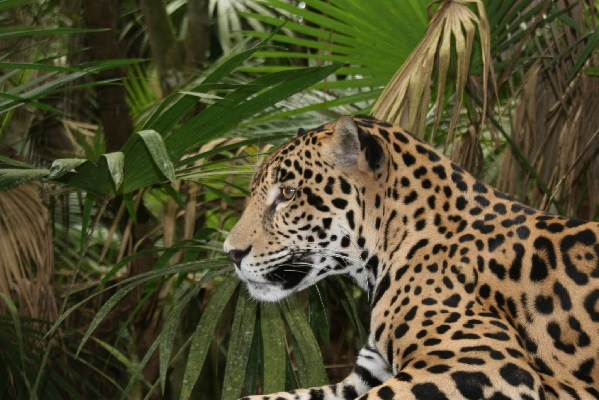
UNITED FOR CONSERVATION
WLT was instrumental in the making of this corridor by mobilising our long-term supporters and inspiring new supporters to raise funds support this ambitious land acquisition. This included 2018’s Big Match Fortnight Jungle for Jaguars campaign, followed by a further Buy an Acre opportunity a few month’s later.
Dr Richard Cuthbert, Director of Conservation at WLT, said “The opportunity to help create the North-eastern Biological Corridor came in the 30th Anniversary Year of WLT’s very first project in Belize. The resulting corridor connects and extends a vital network of reserves and natural habitats, enabling wildlife to freely move between these areas and building climate resilience into Belize’s network of protected areas.”
Two years of intense diplomatic work ensued, which were crowned by success on January 16th 2020 when the Government of Belize signed the final declaration. WLT and all the partners involved salute a remarkable partnership between Government and private landowners, and the deep commitment shown by all to make this corridor possible. This new protected area now ensures the long term viability of vast ecosystems, and the very rich fauna and flora they shelter.
ROOM TO ROAM
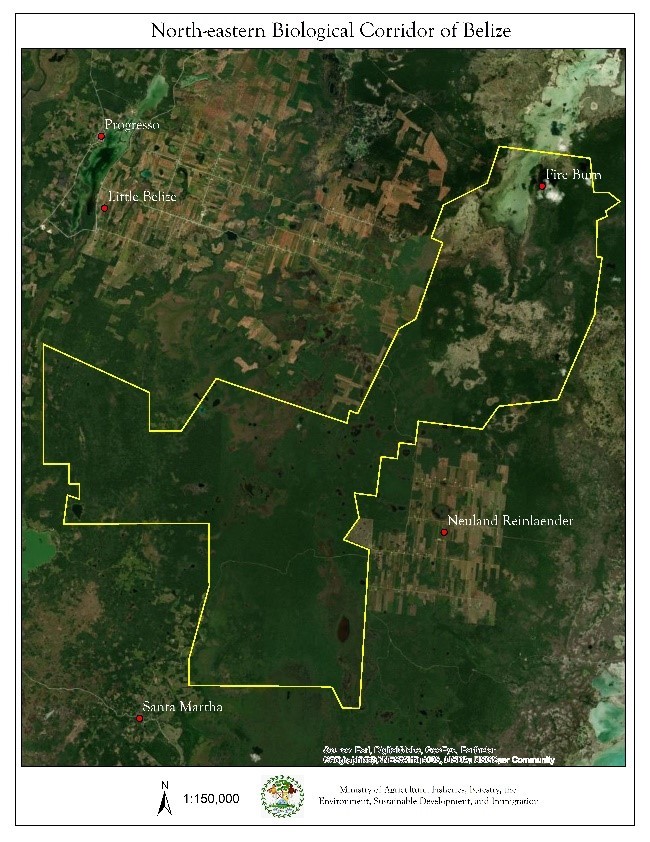
Large mammal species such as Jaguars, Puma, Baird’s Tapir and White-lipped Peccaries all still show healthy populations in the area. But without the continuous natural link between protected areas now established by this new corridor, their survival would be far from certain in the long term. The corridor is critical not just for animals but also for forests: with climate change already showing its first effects in north-eastern Belize, even plants will need a chance to be able to migrate according to changing rainfall patterns.
BELIZE: A SMALL AND PRISTINE COUNTRY IN CENTRAL AMERICA
Belize, formerly British Honduras, became an independent nation in 1981, and is one of the youngest democracies on the planet. Its peacefulness sets it apart in a region that over the past few decades has seen much political unrest, including civil wars. Its historically low population, currently at around 360,000 inhabitants for 22,000 square kilometres, has allowed it to remain relatively pristine. Approximately 50 % of the country is still under natural vegetation cover, and 35% of the country is under some form of protection. Despite numerous challenges, Belize is one of the rare countries in Central America where the establishment of biological corridors between protected areas is still physically and politically possible. Unfortunately, agricultural development is quickly closing in on the last remaining forest areas, which makes protecting these corridors of utmost importance.
